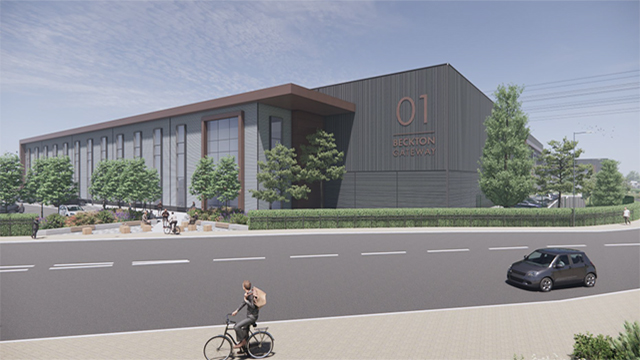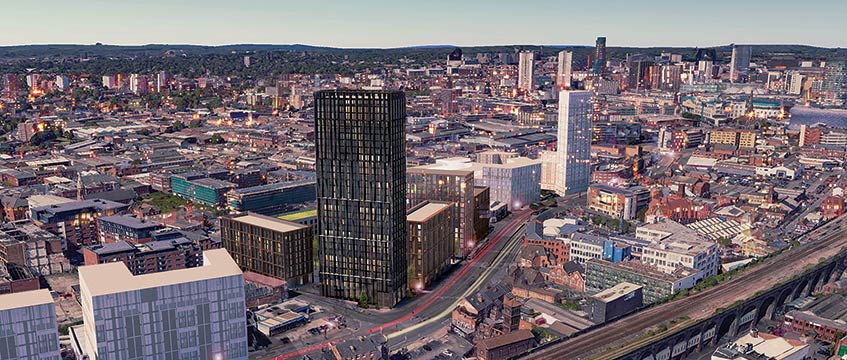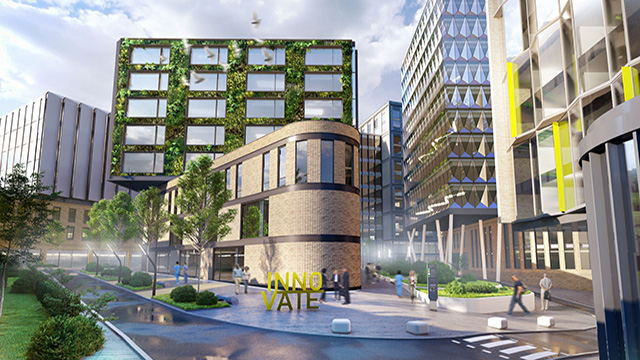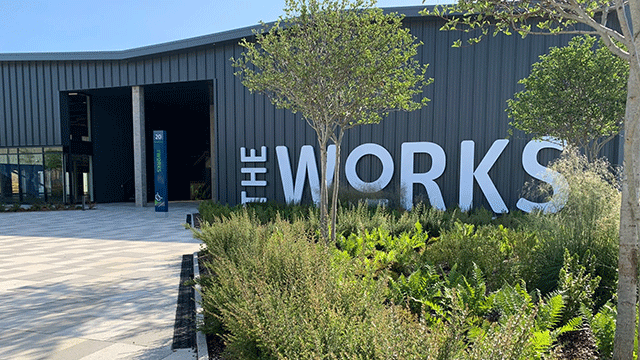Over the past two decades technology has revolutionised the way we live. From the way we communicate to the way we consume information, the digital revolution has transformed modern life.
Crowdfunding is now emerging as the next wave in this revolution. Pioneered in the US by Kickstarter, it allows entrepreneurial types to share the cost of apps, games or any creative venture online. Finally, the power of the web has been harnessed to sidestep traditional investment models and empower ordinary people.
It has proven startlingly popular, with £1.2bn raised during 2011.
With confusion around CIL, the NPPF and localism, how the disruptive and radical power of the web could be applied to property, and help improve our opaque planning system has remained an unanswered question.
This is where civic crowdfunding comes in. It allows individuals, local groups, or businesses to put forward innovative ideas to improve their community and then makes their ideas a reality by sharing the cost online.
Unlike bonds or peer-to-peer lending, there is no financial contract here: it is all philanthropic. The payback received by those who pledge is the social benefit.
In March 2012, Spacehive.com became the UK’s first crowdfunding site designed specifically for public space and the built environment.
The system is simple – regeneration projects are “products” that can be collectively “bought” online by local people, businesses and government. If they attract enough funds, they are built and if they don’t, no one loses their money.
Since launching last year, Spacehive.com has been used to fund various projects, from a £792,000 community centre in North Wales to a WiFi zone designed to increase foot traffic in Mansfield town centre. One enterprising Edinburgh local even convinced his parish council to buy the red phone box at the end of his street and used Spacehive to transform it into a “micro-gallery” to showcase local art.
Council support
The model has even attracted support from local councils, who have recognised its potential as an alternative stream of revenue and a direct line of communication to the constituents they serve. Councils are increasingly using the platform to support popular local projects, and launch funding campaigns for their own initiatives.
In Frome, Somerset, the council contributed £2,900 to a project to transform an abandoned public toilet into a community café and gallery. Meanwhile, in High Wycombe, Buckinghamshire, the council pledged £5,000 through the Portas Pilot scheme to a drive to transform a disused high street shop into a hub for young entrepreneurs. Crowdfunding provides councils with a new way to engage with communities, back projects that are popular, and gain new funds for their own projects.
Civic crowdfunding provides a springboard for great ideas that might get stifled by the traditional planning process, while dramatically boosting the financial and social impact of traditional funders of community development. For every pound given to a playground, community centre or new city-farm, the platform pulls in dozens more from the crowd.
Business case
The philanthropic benefits of civic crowdfunding are obvious but they are also underpinned by a clear business case. Using crowdfunding to transform a local community can drive up the value of land and bolster the local economy.
Crowdfunding offers communities a means to top-up inadequate government funding for projects that could inject a new vibrancy into local areas, making them more appealing destinations for tourists, for locals and for investment.
You might question whether transforming an old phone box into a micro-gallery is really a solution to the decaying high street, but in an age where the UK’s high streets are becoming more homogenous, crowdfunding can help battle the “clone-Britain” trend by injecting places with character and charm.
Civic crowdfunding empowers communities to make their high streets dynamic and exciting locations that people want to visit. This is the essence of place-making – if the town centre is clean and has interesting cafés, shops and facilities, it will draw local shoppers back into their community. Indeed, research indicates that investment in public space increases footfall and can boost trade by 40%.
There is benefit too for property owners who get involved with civic crowdfunding. According to Natural England, homeowners will pay 19% more to live near a park. By contributing to a local campaign to build a new park, you are not only helping to make the community nicer, you might also be making it a more appealing place to rent, or even buy, a home.
For developers, the benefits of having dynamic public spaces are clear. But property firms shouldn’t just sit back and wait for locals to take the initiative. Just like councils, developers can lead from the front and drive community regeneration through their own Spacehive projects. With crowdfunding, a small investment in public spaces could potentially reap huge rewards.
Chris Gourlay is founder and chief executive at Spacehive











